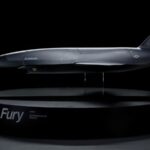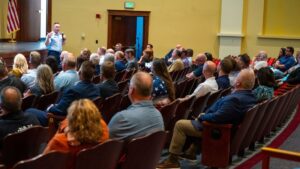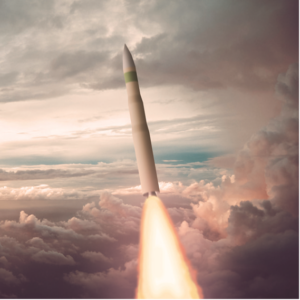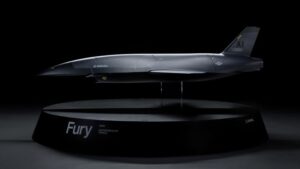
KISSIMMEE, Fla.—Artificial intelligence technologies are key to leveraging the large amount of imagery being collected by NATO allies and companies based in NATO countries to speed results, an alliance official said this week. Space-based assets are the alliance’s foundation for navigation, tracking forces, communicating, missile detection, command and control, and more, Scott Bray, assistant secretary general for intelligence and security at NATO, said on Monday at the annual GEOINT Symposium. “Working closely with the private sector and with academia to…

 By
By 











